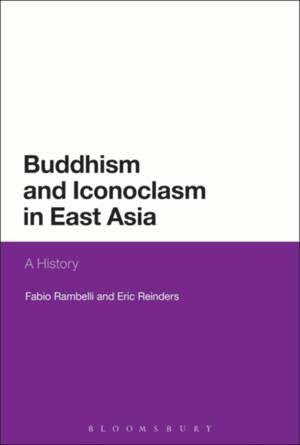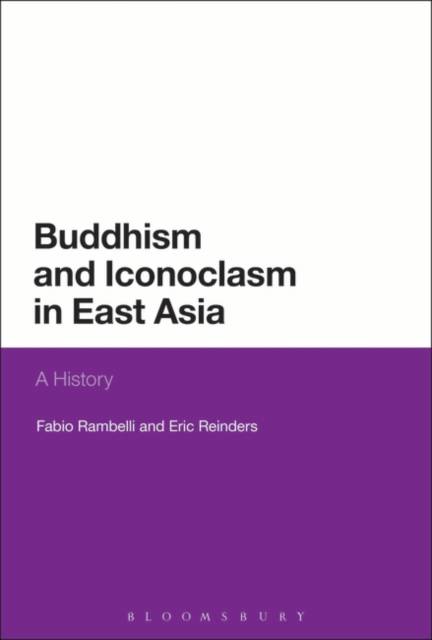
Je cadeautjes zeker op tijd in huis hebben voor de feestdagen? Kom langs in onze winkels en vind het perfecte geschenk!
- Afhalen na 1 uur in een winkel met voorraad
- Gratis thuislevering in België vanaf € 30
- Ruim aanbod met 7 miljoen producten
Je cadeautjes zeker op tijd in huis hebben voor de feestdagen? Kom langs in onze winkels en vind het perfecte geschenk!
- Afhalen na 1 uur in een winkel met voorraad
- Gratis thuislevering in België vanaf € 30
- Ruim aanbod met 7 miljoen producten
Zoeken
€ 88,45
+ 176 punten
Uitvoering
Omschrijving
This is a cross-cultural study of the multifaceted relations between Buddhism, its materiality, and instances of religious violence and destruction in East Asia, which remains a vast and still largely unexplored field of inquiry. Material objects are extremely important not just for Buddhist practice, but also for the conceptualization of Buddhist doctrines; yet, Buddhism developed ambivalent attitudes towards such need for objects, and an awareness that even the most sacred objects could be destroyed.
After outlining Buddhist attitudes towards materiality and its vulnerability, the authors propose a different and more inclusive definition of iconoclasm-a notion that is normally not employed in discussions of East Asian religions. Case studies of religious destruction in East Asia are presented, together with a new theoretical framework drawn from semiotics and cultural studies, to address more general issues related to cultural value, sacredness, and destruction, in an attempt to understand instances in which the status and the meaning of the sacred in any given culture is questioned, contested, and ultimately denied, and how religious institutions react to those challenges.
After outlining Buddhist attitudes towards materiality and its vulnerability, the authors propose a different and more inclusive definition of iconoclasm-a notion that is normally not employed in discussions of East Asian religions. Case studies of religious destruction in East Asia are presented, together with a new theoretical framework drawn from semiotics and cultural studies, to address more general issues related to cultural value, sacredness, and destruction, in an attempt to understand instances in which the status and the meaning of the sacred in any given culture is questioned, contested, and ultimately denied, and how religious institutions react to those challenges.
Specificaties
Betrokkenen
- Auteur(s):
- Uitgeverij:
Inhoud
- Aantal bladzijden:
- 256
- Taal:
- Engels
Eigenschappen
- Productcode (EAN):
- 9781472525956
- Verschijningsdatum:
- 27/03/2014
- Uitvoering:
- Paperback
- Formaat:
- Trade paperback (VS)
- Afmetingen:
- 156 mm x 234 mm
- Gewicht:
- 385 g

Alleen bij Standaard Boekhandel
+ 176 punten op je klantenkaart van Standaard Boekhandel
Beoordelingen
We publiceren alleen reviews die voldoen aan de voorwaarden voor reviews. Bekijk onze voorwaarden voor reviews.









